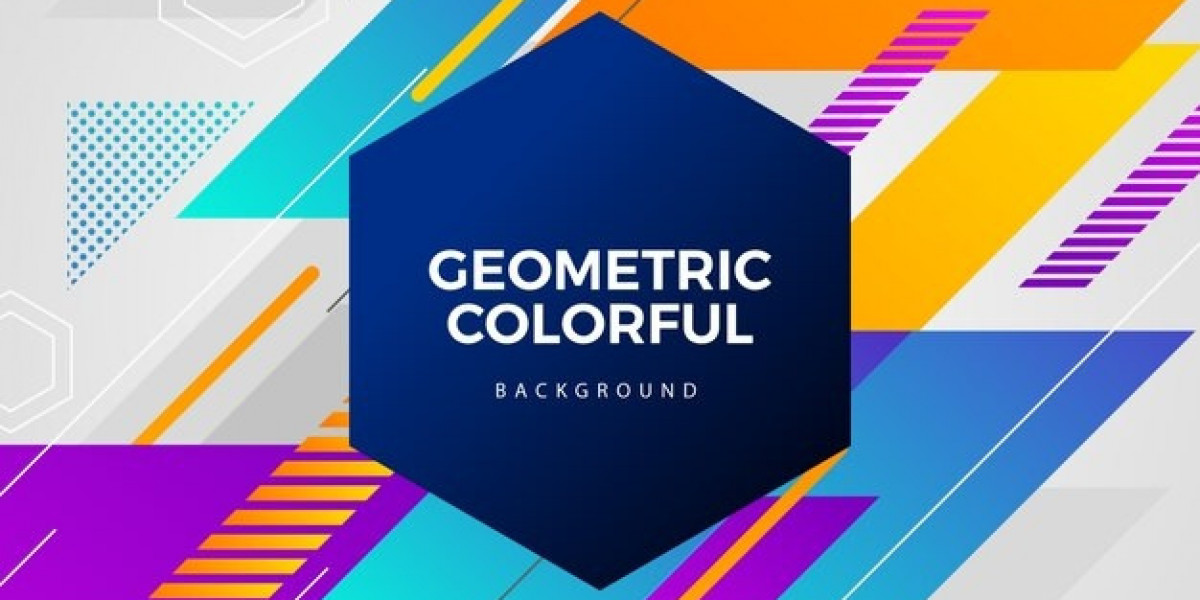Introduction
Concrete, the most widely used construction material globally, has long been associated with environmental concerns due to its significant carbon footprint. The production of traditional Portland cement, a key ingredient in concrete, is responsible for approximately 7.5% of global carbon dioxide emissions . However, the tide is turning as the concrete industry embraces sustainable practices and innovations. This article explores the green innovations transforming the concrete industry, highlighting their environmental benefits, technological advancements, and market growth.
The Environmental Impact of Traditional Concrete
Traditional concrete production is energy-intensive and relies heavily on limestone, a finite resource. The process releases substantial amounts of CO₂ into the atmosphere, contributing to climate change. Additionally, the extraction of raw materials can lead to habitat destruction and depletion of natural resources. These environmental challenges have spurred the search for more sustainable alternatives.
Green Innovations in Concrete
1. Low-Carbon Cement Alternatives
Researchers and companies worldwide are developing low-carbon cement alternatives to reduce emissions. One notable example is Limestone Calcined Clay Cement (LC3), which can cut CO₂ emissions by up to 30% compared to conventional Portland cement . Another innovation is Material Evolution's cement, which employs an alkali fusion process using blast furnace slag instead of limestone, achieving an 85% reduction in emissions .
2. Recycled and Alternative Aggregates
Incorporating recycled materials into concrete mixes not only diverts waste from landfills but also reduces the need for virgin resources. For instance, Australian researchers have developed a method to convert used coffee grounds into biochar, which can replace up to 15% of sand in concrete. This not only strengthens the concrete by 30% but also reduces greenhouse gas emissions .
3. Graphene-Enhanced Concrete
Graphene, a single layer of carbon atoms arranged in a two-dimensional lattice, is being used to enhance concrete's properties. Concretene, a graphene-enriched concrete developed by Nationwide Engineering Research & Development in collaboration with The University of Manchester, offers improved strength, reduced permeability, and faster curing times. This allows for the use of less cement, thereby lowering CO₂ emissions .
4. Autoclaved Aerated Concrete (AAC)
AAC is a lightweight, precast building material that uses a mixture of silica, lime, and cement. Its production requires less energy and raw materials compared to traditional concrete, resulting in a lower environmental impact. The curing process uses steam at relatively low temperatures, and the hot steam generated is reused, enhancing energy efficiency .
The Role of 3D Concrete Printing
3D concrete printing is revolutionizing the construction industry by enabling the creation of complex structures with minimal material waste. This technology allows for precise placement of concrete, reducing the amount used and, consequently, the associated emissions. For example, the world's longest 3D-printed concrete pedestrian bridge in Nijmegen, Netherlands, saved about 50% in materials by placing concrete only where structural strength was required .
Market Growth and Adoption of Green Concrete
The global green concrete market is experiencing significant growth. Valued at approximately USD 6.31 billion in 2024, it is projected to reach around USD 11.45 billion by 2034, growing at a compound annual growth rate (CAGR) of 10.6% . This growth is driven by increasing environmental regulations, rising awareness of sustainability, and the construction industry's shift towards eco-friendly materials.
Challenges and Future Outlook
Despite the promising advancements, several challenges remain in the widespread adoption of sustainable concrete. These include higher initial costs, limited availability of raw materials for alternative cements, and the need for industry-wide standards and certifications. However, ongoing research, technological advancements, and supportive policies are expected to overcome these barriers, paving the way for a more sustainable concrete industry.
Conclusion
The concrete industry stands at a pivotal moment, with green innovations offering viable solutions to its environmental challenges. By embracing low-carbon alternatives, incorporating recycled materials, and leveraging advanced technologies like 3D printing, the industry can significantly reduce its carbon footprint. As market demand for sustainable construction materials grows, these innovations are set to shape the future of the concrete industry, contributing to a more sustainable built environment.
References
"Sustainable cement pioneers have a concrete plan." The Times. https://www.thetimes.co.uk/article/enterprise-network-5r9lmv52n
"Australian researchers turn morning coffee waste into greener concrete." Reuters. https://www.reuters.com/business/environment/australian-researchers-turn-morning-coffee-waste-into-greener-concrete-2024-05-22/









